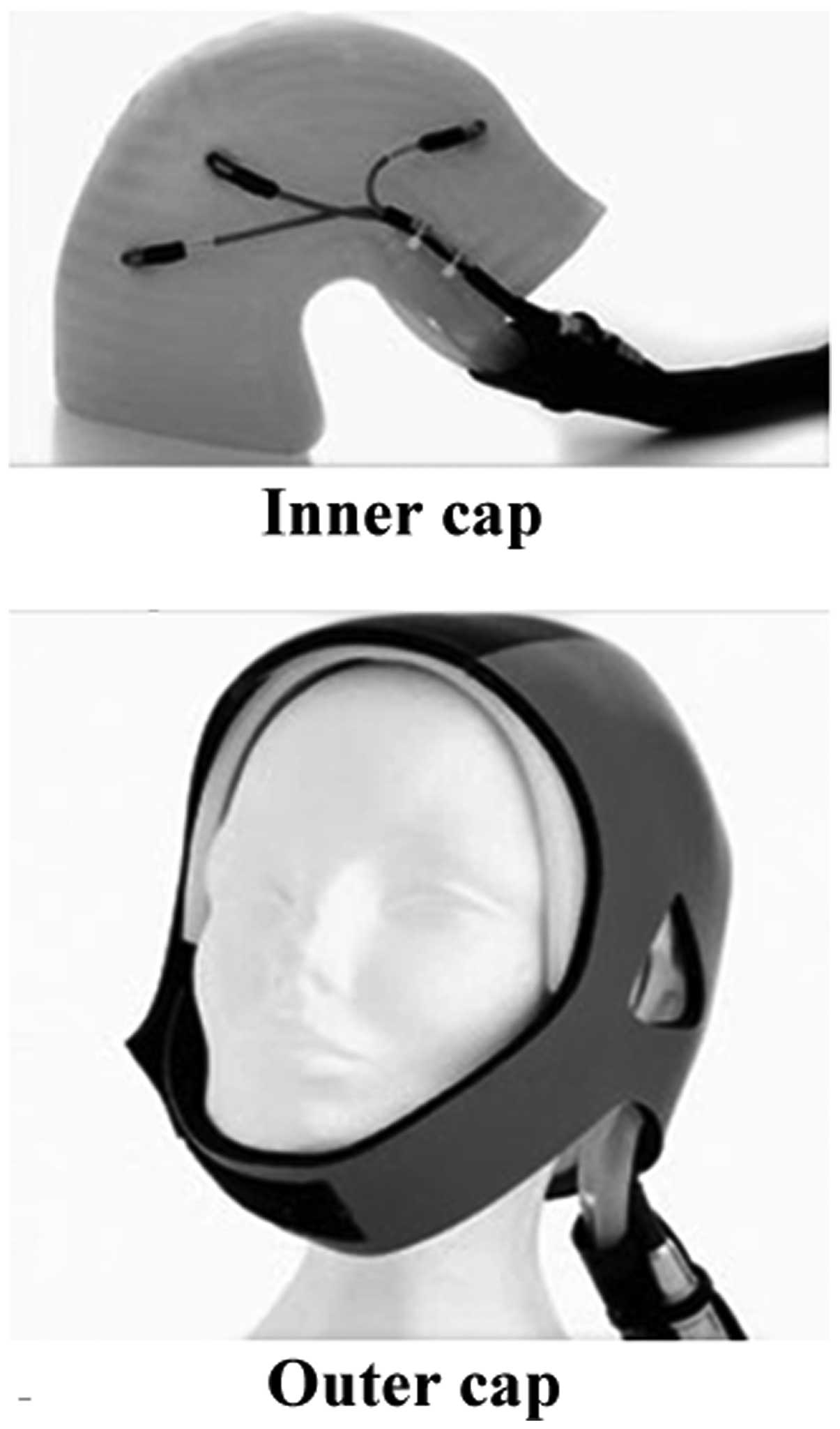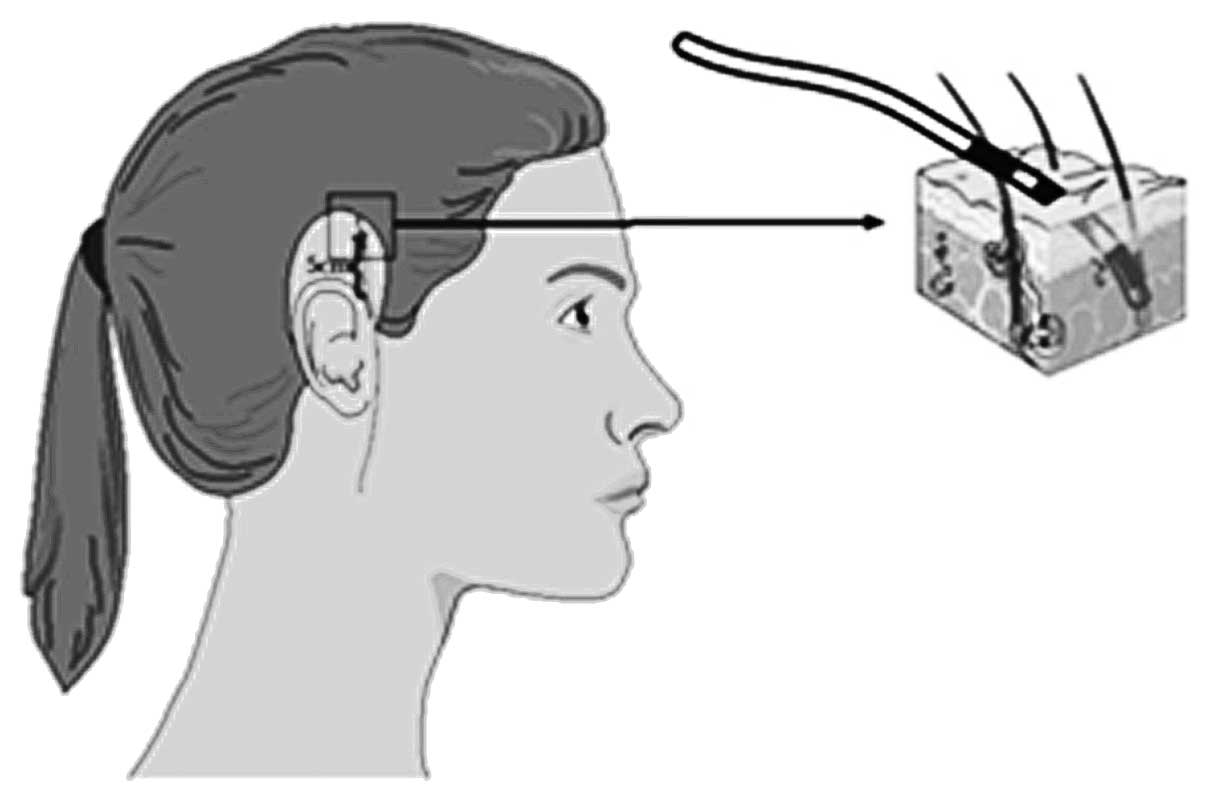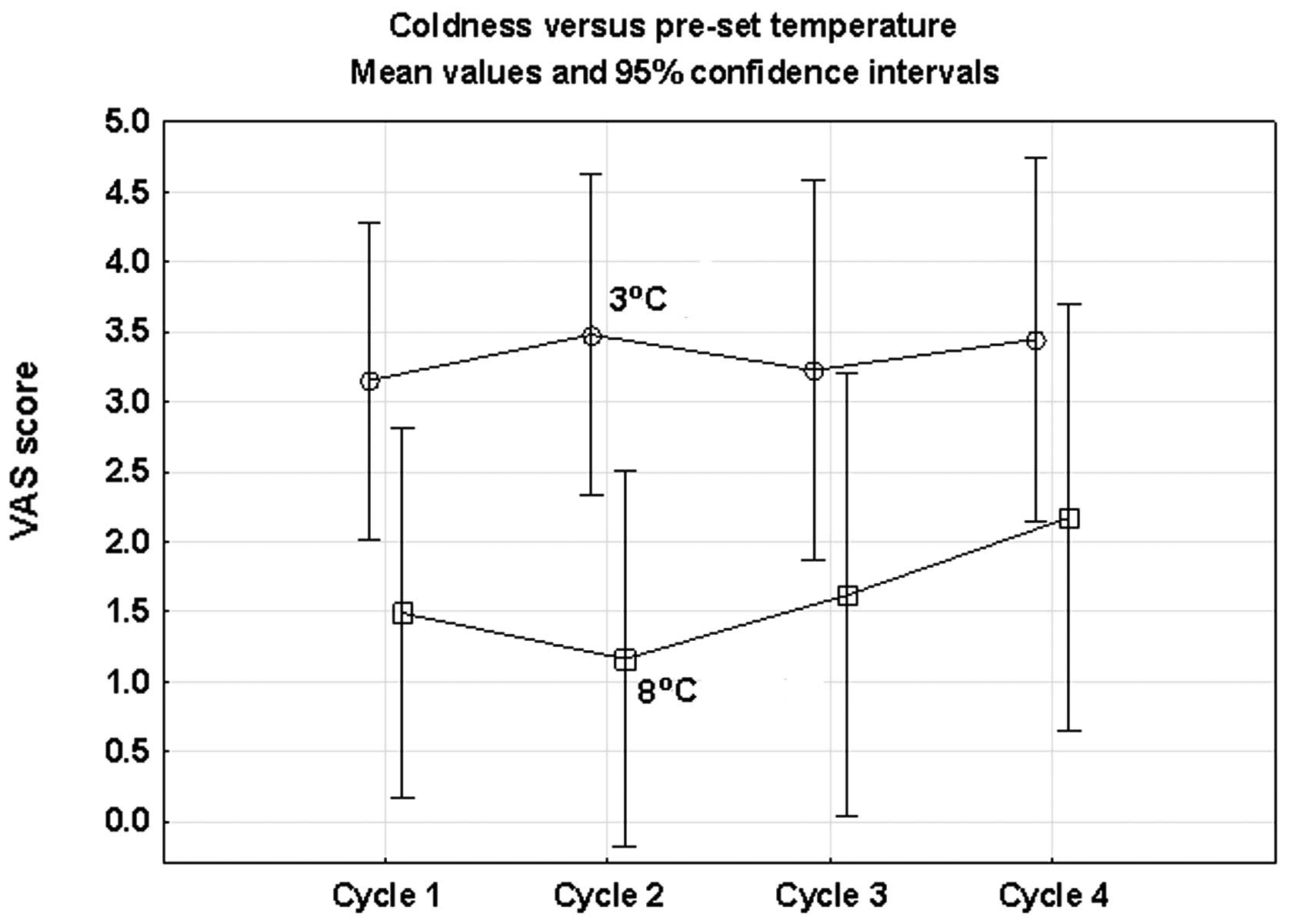|
1.
|
Fitch MI: Psychosocial management of
patients with recurrent ovarian cancer: treating the whole patient
to improve quality of life. Semin Oncol Nurs. 19:40–53. 2003.
View Article : Google Scholar
|
|
2.
|
Rosman S: Cancer and stigma: experience of
patients with chemotherapy-induced alopecia. Patient Educ Couns.
52:333–339. 2004. View Article : Google Scholar : PubMed/NCBI
|
|
3.
|
Sun CC, Bodurka DC, Weaver CB, Rasu R,
Wolf JK, Bevers MW, et al: Rankings and symptom assessments of side
effects from chemotherapy: insights from experienced patients with
ovarian cancer. Support Care Cancer. 13:219–227. 2005. View Article : Google Scholar : PubMed/NCBI
|
|
4.
|
Lemieux J, Maunsell E and Provencher L:
Chemotherapy-induced alopecia and effects on quality of life among
women with breast cancer: a literature review. Psychooncology.
17:317–328. 2008. View
Article : Google Scholar : PubMed/NCBI
|
|
5.
|
Girman CJ, Hartmaier S, Roberts J,
Bergfeld W and Waldstreicher J: Patient-perceived importance of
negative effects of androgenetic alopecia in women. J Womens Health
Gend Based Med. 8:1091–1095. 1999. View Article : Google Scholar : PubMed/NCBI
|
|
6.
|
Cook NF: Self-concept and cancer:
understanding the nursing role. Br J Nurs. 8:318–324. 1999.
View Article : Google Scholar : PubMed/NCBI
|
|
7.
|
Ekwall E, Ternestedt BM and Sorbe B:
Recurrence of ovarian cancer-living in limbo. Cancer Nurs.
30:270–277. 2007. View Article : Google Scholar : PubMed/NCBI
|
|
8.
|
Trueb RM: Chemotherapy-induced alopecia.
Curr Opin Support Palliat Care. 4:281–284. 2010. View Article : Google Scholar
|
|
9.
|
Tollenaar RA, Liefers GJ, Repelaer van
Driel OJ and van de Velde CJ: Scalp cooling has no place in the
prevention of alopecia in adjuvant chemotherapy for breast cancer.
Eur J Cancer. 30A:1448–1453. 1994. View Article : Google Scholar : PubMed/NCBI
|
|
10.
|
Bulow J, Friberg L, Gaardsting O and
Hansen M: Frontal subcutaneous blood flow, and epi- and
subcutaneous temperatures during scalp cooling in normal man. Scand
J Clin Lab Invest. 45:505–508. 1985. View Article : Google Scholar : PubMed/NCBI
|
|
11.
|
Gregory RP, Cooke T, Middleton J, Buchanan
RB and Williams CJ: Prevention of doxorubicin-induced alopecia by
scalp hypothermia: relation to degree of cooling. Br Med J (Clin
Res Ed). 284:1674:1982
|
|
12.
|
Cooke T, Gregory RP, Middleton J and
Williams C: Prevention of doxorubicin-induced alopecia. Br Med J
(Clin Res Ed). 282:734–735. 1981. View Article : Google Scholar : PubMed/NCBI
|
|
13.
|
Grevelman EG and Breed WP: Prevention of
chemo-therapy-induced hair loss by scalp cooling. Ann Oncol.
16:352–358. 2005. View Article : Google Scholar : PubMed/NCBI
|
|
14.
|
Trueb RM: Chemotherapy-induced alopecia.
Semin Cutan Med Surg. 28:11–14. 2009. View Article : Google Scholar
|
|
15.
|
Janssen FP, Rajan V, Steenbergen W, van
Leeuwen GM and van Steenhoven AA: The relationship between local
scalp skin temperature and cutaneous perfusion during scalp
cooling. Physiol Meas. 28:829–839. 2007. View Article : Google Scholar : PubMed/NCBI
|
|
16.
|
Dougherty L: Comparing methods to prevent
chemotherapy-induced alopecia. Cancer Nurs Pract. 5:25–31. 2006.
View Article : Google Scholar
|
|
17.
|
Breed WP: What is wrong with the
30-year-old practice of scalp cooling for the prevention of
chemotherapy-induced hair loss? Support Care Cancer. 12:3–5.
2004.PubMed/NCBI
|
|
18.
|
Janssen FE, Van Leeuwen GM and Van
Steenhoven AA: Modelling of temperature and perfusion during scalp
cooling. Phys Med Biol. 50:4065–4073. 2005. View Article : Google Scholar : PubMed/NCBI
|
|
19.
|
Massey CS: A multicentre study to
determine the efficacy and patient acceptability of the Paxman
Scalp Cooler to prevent hair loss in patients receiving
chemotherapy. Eur J Oncol Nurs. 8:121–130. 2004. View Article : Google Scholar
|
|
20.
|
Ridderheim M, Bjurberg M and Gustavsson A:
Scalp hypothermia to prevent chemotherapy-induced alopecia is
effective and safe: a pilot study of a new digitized scalp-cooling
system used in 74 patients. Support Care Cancer. 11:371–377.
2003.
|
|
21.
|
Protiere C, Evans K, Camerlo J, d’Ingrado
MP, Macquart-Moulin G, Viens P, et al: Efficacy and tolerance of a
scalp-cooling system for prevention of hair loss and the experience
of breast cancer patients treated by adjuvant chemotherapy. Support
Care Cancer. 10:529–537. 2002. View Article : Google Scholar : PubMed/NCBI
|
|
22.
|
Katsimbri P, Bamias A and Pavlidis N:
Prevention of chemotherapy-induced alopecia using an effective
scalp cooling system. Eur J Cancer. 36:766–771. 2000. View Article : Google Scholar : PubMed/NCBI
|
|
23.
|
Christodoulou C, Klouvas G, Efstathiou E,
Zervakis D, Papazachariou E, Plyta M and Skarlos DV: Effectiveness
of the MSC cold cap system in the prevention of
chemotherapy-induced alopecia. Oncology. 62:97–102. 2002.
View Article : Google Scholar : PubMed/NCBI
|
|
24.
|
van den Hurk CJ, Peerbooms M, van de
Poll-Franse LV, Nortier JW, Coebergh JW and Breed WP: Scalp cooling
for hair preservation and associated characteristics in 1411
chemotherapy patients - results of the Dutch Scalp Cooling
Registry. Acta Oncol. 51:497–504. 2012.PubMed/NCBI
|
|
25.
|
Hesketh PJ, Batchelor D, Golant M, Lyman
GH, Rhodes N and Yardley D: Chemotherapy-induced alopecia:
psychosocial impact and therapeutic approaches. Support Care
Cancer. 12:543–549. 2004.PubMed/NCBI
|

















